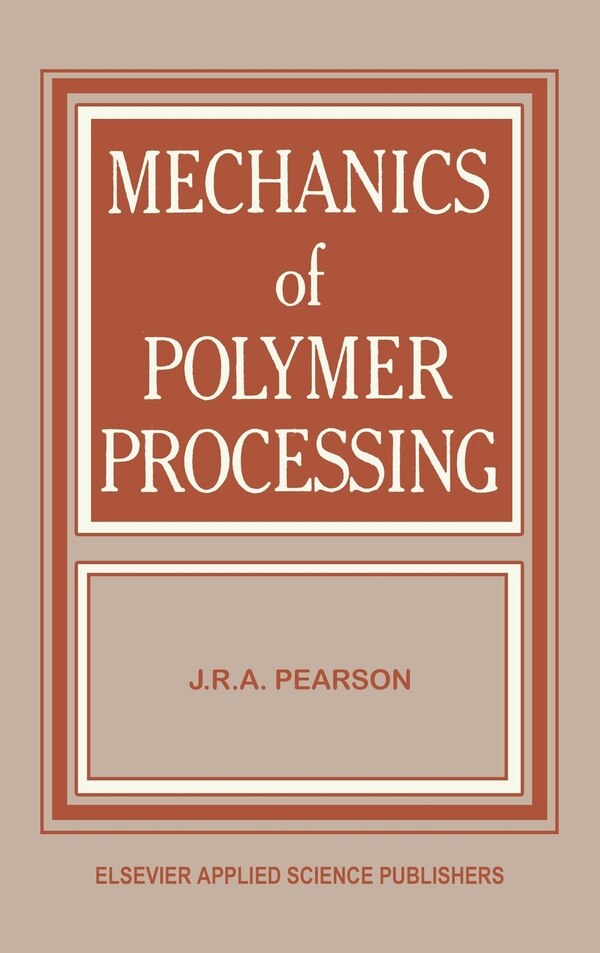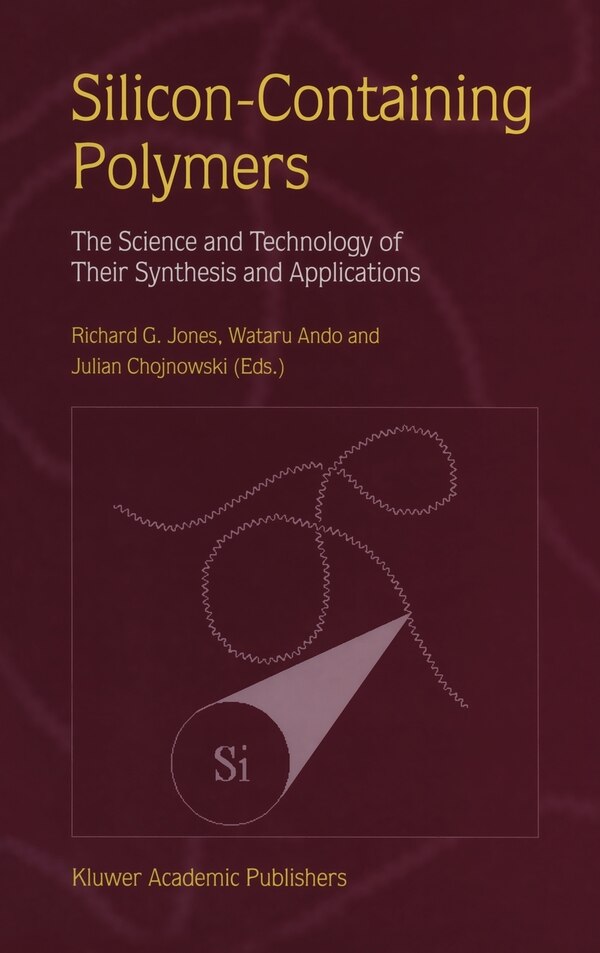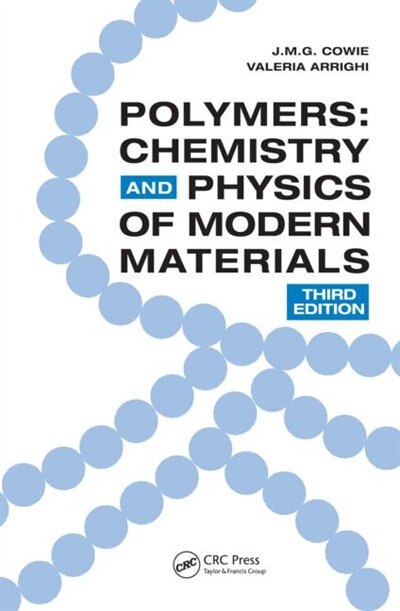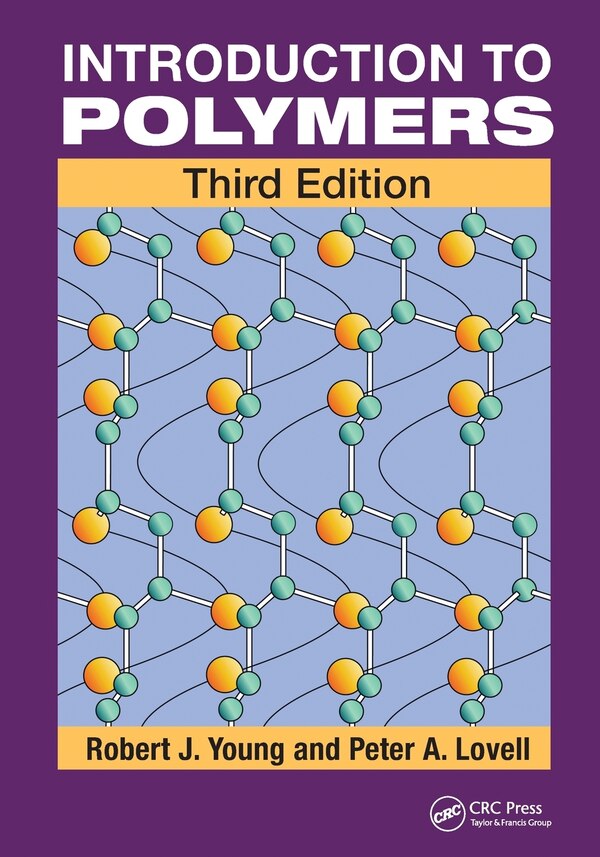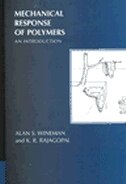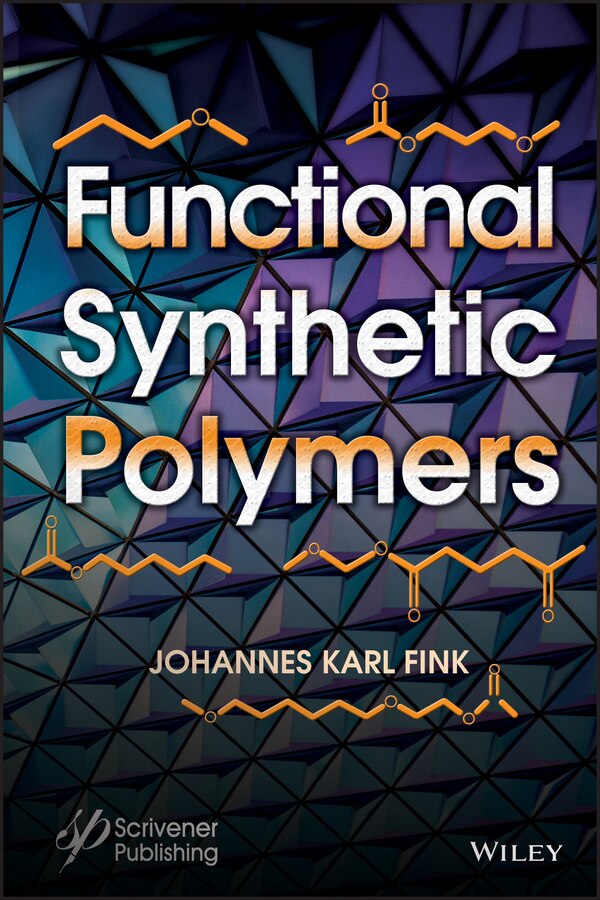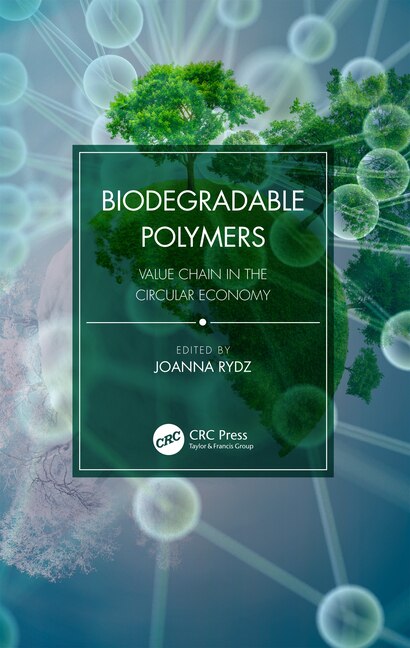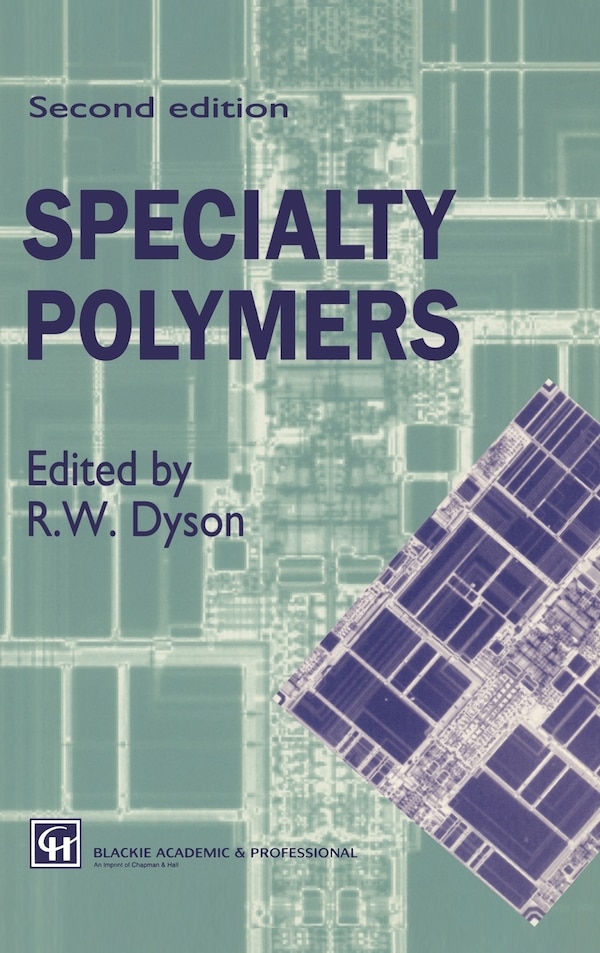
Compare Specialty Polymers by R W Dyson, Hardcover | Indigo Chapters
R W Dyson
$142.95
R. W. DYSON There will be few readers of this book who are not aware of the contribution that polymers make to modern life. They are to be seen around the home, at work, in transport and in leisure pursuits. They take many forms which include plastic mouldings and extrusions, plastic film and sheet, plastic laminates (fibreglass and formica), rubber gloves, hoses, tyres and sealing rings, fibres for textiles and carpets and so on, cellular products for cushioning and thermal insulation, adhesives and coating materials such as paints and varnishes. The majority of these polymers are synthetic and are derived from oil products. The most important of these in terms of tonnage used are polymers based upon styrene, vinyl chloride, ethylene, propylene and butadiene among plastics and rubber materials, and nylons, polyethyleneterephthalate and poly acrylonitrile among fibres. The total amount of these polymers used each year runs into millions of tonnes. These polymers are sometimes known as commodity polymers because they are used for everyday artefacts. They are available in many grades and formats to meet a variety of applications and processing techniques. The properties can be adjusted by using additives such as heat and light stabilizers, plasticizers, and reinforcing materials. Often, grades are specially designed and formulated to meet particular requirements and, in a sense, these might be regarded as specialities. Much has been written about these materials elsewhere and they are not the concern of this book. | Specialty Polymers by R W Dyson, Hardcover | Indigo Chapters



